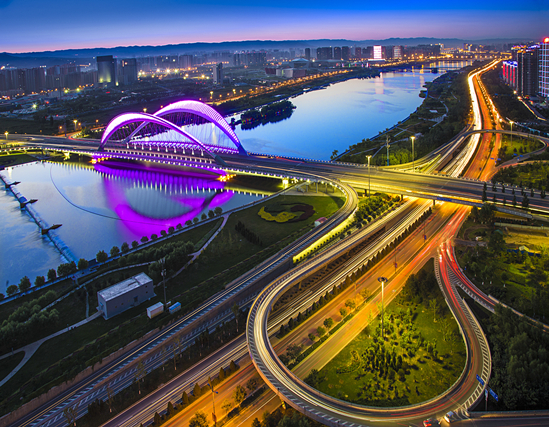Shanxi makes progress in reform and development
Updated: 2022-09-21
Shanxi province has made great progress in reform and development over the past decade.
The Shanxi Development and Reform Commission has formulated a package of measures and policies to stabilize the economy and introduced a series of measures to ensure the supply and price of essential commodities, expanding effective investment, ensuring the stability of the industrial chain and supply chain, and ensuring energy security.
Since 2013, the commission has ensured the construction of key projects by investing 98.57 billion yuan ($13.85 billion) of the central government's budget over the past 10 years. Since 2013, the province's fixed asset investment has increased by an average annual rate of 7.9 percent.
The province has also promoted infrastructure construction. The Datong-Zhangjiakou High-speed Railway, Zhengzhou-Taiyuan High-speed Railway, Taiyuan Metro Line 2, and Changzhi-Linfen Highway have all been built and put into operation.
Energy infrastructure has been improved as well. The province's wind power and photovoltaic power generation installed capacity now accounts for 31.9 percent of the total installed power capacity.
Shanxi has made efforts to reach peak carbon emissions. From 2016 to 2020, carbon dioxide emissions per 10,000 yuan of GDP were reduced by 18.75 percent.
The province has also curbed the expansion of high-energy-consuming, high-emission, and low-quality projects. The province's energy consumption per 10,000 yuan of GDP dropped by 33.2 percent from 2012 to 2021.
The province has also accelerated the high-quality development of its central region, with its GDP growth rate in the first half of this year ranking first in Central China.
A total of 4.06 billion yuan of the central government's budget has been used in the renovation of old residential areas.
In addition, funds worth some 45 billion yuan have gone toward improving education and medical services, such as the construction of new campuses in 24 universities and colleges, the pilot construction of three national regional medical centers, and the construction, expansion and reconstruction of 58 stadiums.



